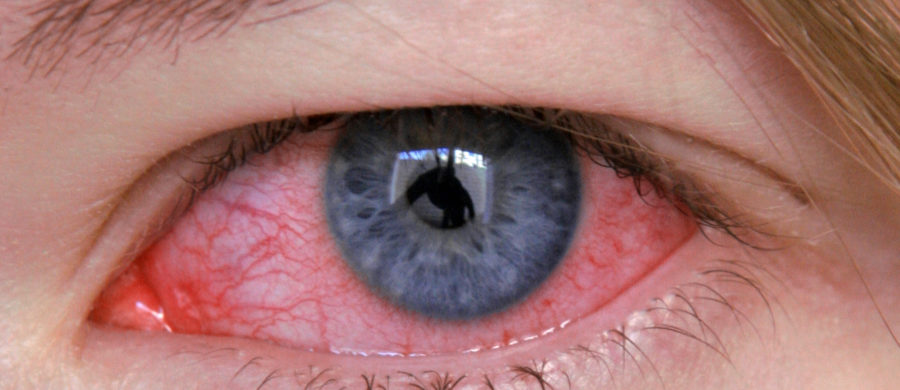Conjunctivitis, commonly referred to as pink eye, is one of the most dreaded conditions that many people fear much more than other eye conditions. This is likely due to its appearance and the stigma associated with it. People with conjunctivitis are often banned from school and the office, so there is a significant loss of productivity due to the current handling of the disease.
Conjunctivitis is inflammation of the clear eye membrane, which covers the white portion of the eyeball and also the inside of the eyelids. It is most commonly caused by a virus, allergies, dry eyes, or blepharitis. Only a small percentage of pink eye is bacterial, but unfortunately the most common treatment for conjunctivitis is antibiotic drops. In most cases they are prescribed for a viral conjunctivitis and the patient improves in less than a few weeks, and incorrectly assumes that the antibiotic cured them. In reality, the body will eventually get rid of the virus on its own, and using antibiotics for a viral infection only leads to an increase in antibiotic resistant bacteria and toxicity from the eye drops.
Symptoms
The most common symptoms of conjunctivitis include redness, itching, discharge (watery or thick), crusting that forms overnight, eye ache, sensitivity to light and gritty feeling in the eyes. A burning sensation is also quite common. It may be preceded or followed by fever, cold or sore throat. In rare cases, pus formation may be noticed inside the eye. Conjunctivitis is generally not a serious problem, but it is imperative to consult an ophthalmologist if the above symptoms are severe, or patients notice blurred vision, moderate to severe light sensitivity or eye pain.
Managing Conjunctivitis
- Wash your hands with soap & water or use hand sanitizer throughout the day.
- Individuals having conjunctivitis must pay particular attention to hygiene. Do not share clothing, personal items, toiletries, pillows, towels, etc.
- Do not touch or rub your eyes.
- Avoid public places and swimming.
- Frequent use of lubricating drops (i.e. Systane, Refresh, Soothe). Some patients put them in the refrigerator for more relief, or use cold compresses to help relieve symptoms.
- To wipe eyes, use tissue paper and dispose of it properly
- Wear sunglasses to avoid glare and decrease accidental eye contact with fingers
- Do not wear contact lenses if you have any eye irritation. This will likely prolong the course of the disease, or may lead to corneal ulceration and permanent scarring.
- Do not share eye drops since this can cause cross contamination.
Myths
- Conjunctivitis needs to be treated with antibiotic drops. In reality, bacterial conjunctivitis is rare, and treating viral or allergic conjunctivitis with antibiotic drops can worsen the condition.
- One can get conjunctivitis by looking at a person. It is not an airborne disease and spreads only through contact.
- Eye drops kill viruses. Unfortunately, there is no anti-viral eye drop for conjunctivitis. We did do a study several years ago on an anti-viral eye drop for conjunctivitis, but it has not been approved by the FDA. For severe viral conjunctivitis, we will occasionally use steroid eye drops to decrease inflammation.
-Ken Kreidl, MD

